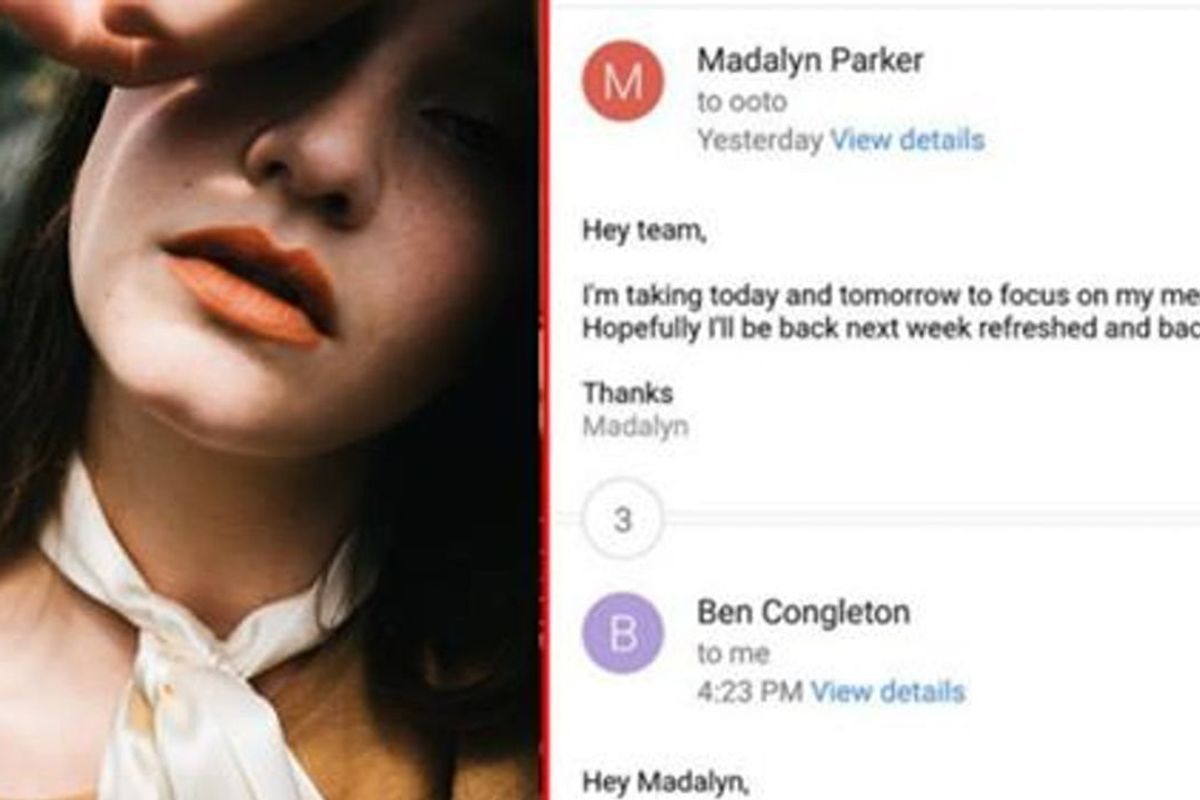This Nazi was lying about his role at Auschwitz. Here's the technology that caught him.
Virtual reality can be super cool — and it's bringing bad guys to justice.
About 6 million Jews were murdered during the Holocaust.
In what is one of the largest genocides in history, millions of people perished, went through extreme trauma, and lost entire families at the hands of Nazi soldiers.
Photo by Jerry Lampen/AFP/Getty Images.
And for decades after the Nuremberg Trials, most were never prosecuted.
The Holocaust ended in 1945, coinciding with the end of World War II. Many Nazi soldiers returned unpunished to society, and in many cases, have since passed away. In an effort to bring about justice for Holocaust victims, lawyers have been searching for lower-ranking officials that would have been in their late-teens and early-20s during the Holocaust. However, because most concentration camps were destroyed at the end of the war, it's been especially challenging for courts to prove any guilt.
In "Nazi VR," human rights lawyers describe these challenges. “So many got away, living in peace in their houses in post-war Germany, that we can’t really be satisfied,” said Jens Rommel, a German lawyer and prosecutor who heads the Central Office of the National Judicial Authorities for the Investigation of National Socialist Crimes. As war crimes experts race against time to track down soldiers who were involved, lawyers like Rommel have struggled to determine ways to create opportunities for justice.
Photo by Joe Klamar/AFP/Getty Images.
But thanks to virtual reality technology, justice is finally being served.
When lawyers charged Reinhold Hanning with participating in war crimes, the former SS guard claimed to have not been aware of what was happening inside the concentration camps. At 18 years old, Hanning started working as an SS guard at Auschwitz, one of the most notorious concentration camps that was the site of 1.1 million murders. After the war ended, he returned to everyday society, and by all accounts, lived a normal life.
Because Auschwitz had mostly been deconstructed, evidence was destroyed or non-existent, and it was nearly impossible to prove that Hanning was complicit in the heinous war crimes committed at the camp.
Photo by Bernd Thissen/AFP/Getty Images.
But then, German Public Prosecution Service ordered the creation of a VR version of Auschwitz. Ralf Breker, a forensic engineer with the Bavarian state crime office, led the VR work that made a case against Hanning possible.
Photo by Christof Stache/AFP/Getty Images.
VR technology allows judges to step into the shoes of the accused and view what they likely saw during the time period in question.
Pretty neat, right? Here’s how the technology works.
Breker and other leading engineers captured the camp’s physical geometry with a painstakingly accurate laser scanner — the same device investigators often use to capture scans of modern-day crime scenes. The laser scans provide the foundation for a more complete version of the camp, which digitally reconstructs the crumbling buildings into their former wartime state.
Photo by Christof Stache/AFP/Getty Images.
With a 3D representation of the Auschwitz camp, judges had evidence that falsified Hanning’s claims of being unaware of what was happening. Using an HTC Vive, the court was able to virtually step into Hanning’s shoes to examine what he likely saw back then, including views of the ramp where prisoners entered, and the rail yard where they were subjected to the choice of slave labor or death.
"The great significance of this trial of Reinhold Hanning, using a virtual reality model in the courtroom, is that virtual reality proves that he was an accomplice of murder," said former U.S. War Crimes Ambassador David Scheffer.
Thanks to VR technology, Hanning was convicted in a Detmold court in 2016 as an accessory to 170,000 murders.
While Hanning continued to deny the charges, he apologized for his complicity, saying, "I am ashamed that I saw injustice and never did anything about it, and I apologize for my actions."
Unfortunately, Hanning never faced justice for his crimes. He died before he was able to serve his five-year prison sentence. Thus confirming that the commonly described "hunt" for Nazi guards and officials is an infuriating race-against-time conundrum. Hanning died at the age of 95, which means he's likely one of the last living Nazi officials who could actually be brought to trial.
While nothing will replace the millions of people lost in the Holocaust, nor make up for the trauma survivors experienced, this technological advancement is a sign that the road to justice is long, and often extremely difficult, but worth it. Rommel believes that even if it's only able to bring a few to justice for now, it's imperative to do the work to set the stage for other similar justice endeavors.
“It’s our responsibility to try what’s possible today, and that’s why my colleagues and I do our job, even if we only find a few that are still living and may be convicted.”
If justice is what's to come, we're thrilled to see how VR can get us there.
Check out "Nazi VR" below.



 Tony Trapani received the most important letter of his life, but he didn't see it for 50 years Photo by
Tony Trapani received the most important letter of his life, but he didn't see it for 50 years Photo by  Tony and Samuel didn't waste time thinking about what might have been if he'd seen the letter earlier. Photo by
Tony and Samuel didn't waste time thinking about what might have been if he'd seen the letter earlier. Photo by 
 A teacher in front of her class.Photo by
A teacher in front of her class.Photo by  Students taking a test.via
Students taking a test.via  Students around a computer.via
Students around a computer.via 

 Dean Hoffmann's mugshot.
Dean Hoffmann's mugshot.  Nonverbal cues are often the only safe way a victim can communicate.
Nonverbal cues are often the only safe way a victim can communicate.
 Parker, on the edge of burnout, knew she needed to step away. Photo by
Parker, on the edge of burnout, knew she needed to step away. Photo by  The office is not always the best environment for mental health. Photo by
The office is not always the best environment for mental health. Photo by